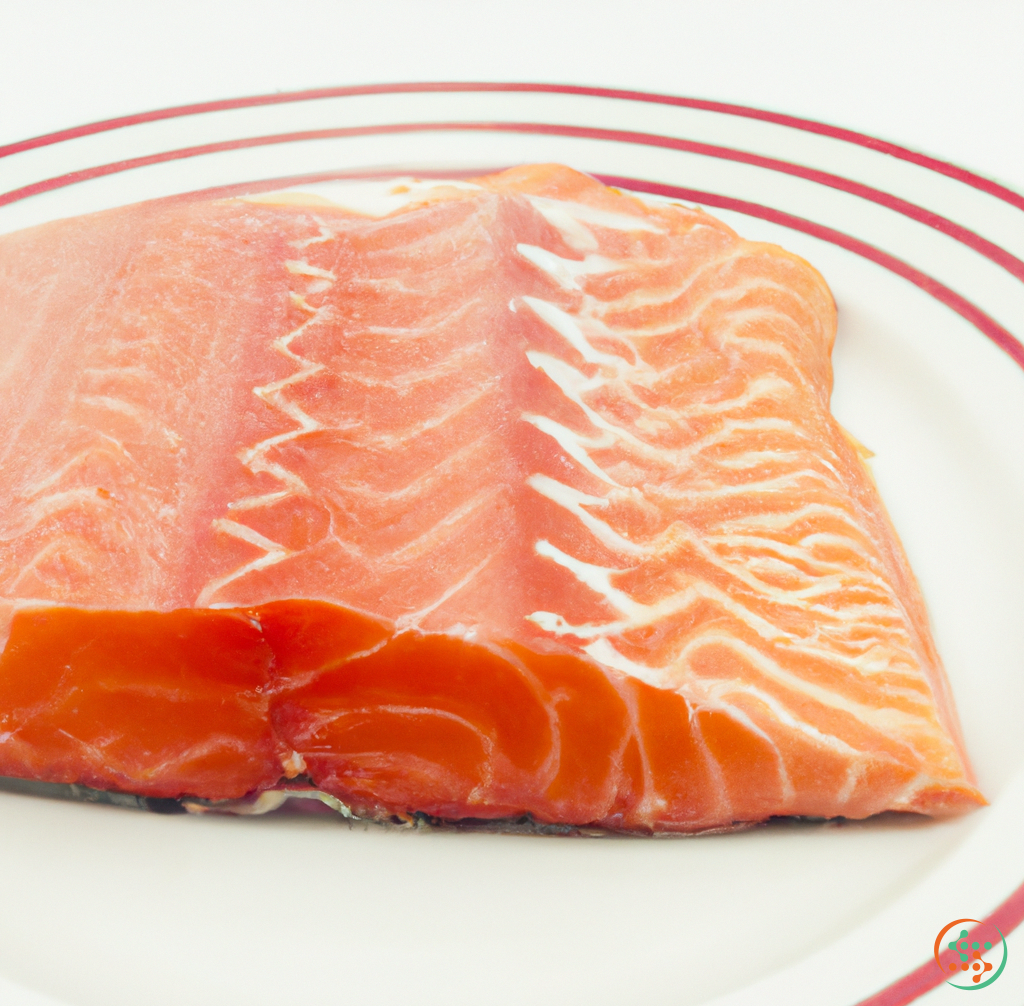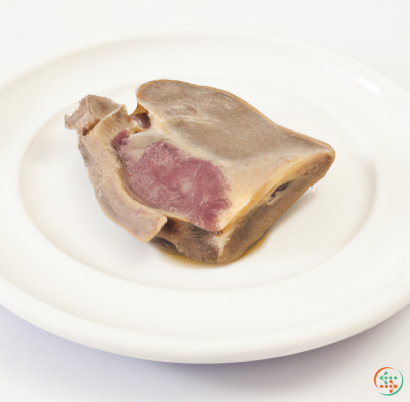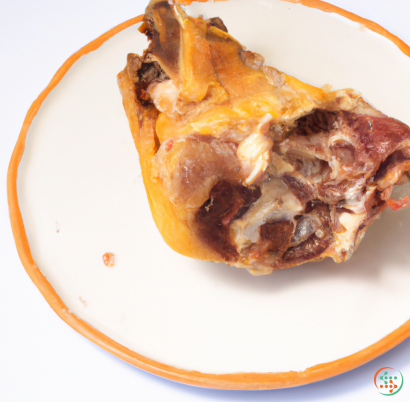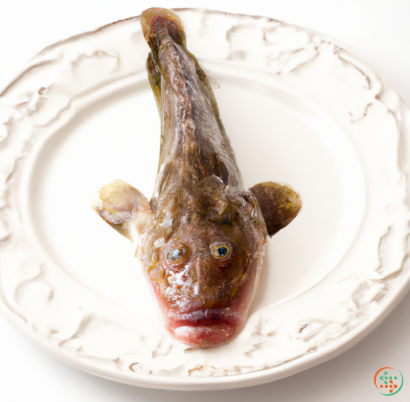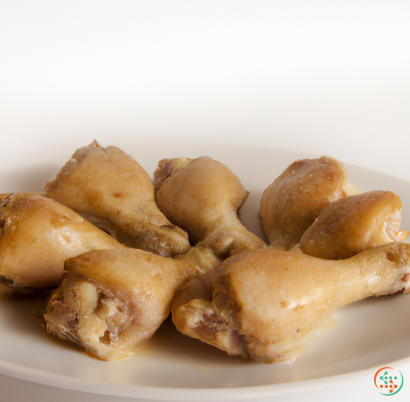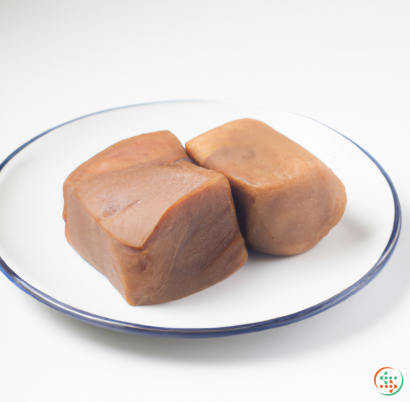Pink Salmon
Pink Salmon, otherwise known as humpback salmon, Oncorhynchus gorbuscha, is one of the five species of Pacific salmon native to the North Pacific Ocean and the rivers and lakes of the coast. A smaller fish than its larger Salmonids siblings, including Sockeye and Chinook, pink salmon are easily distinguishable from other fish by their bright pink underbelly and darker blue-green back.
Pink Salmon have an interesting and mysterious life cycle. They begin their journey as eggs, hatching after roughly one to three months in fresh water, before beginning their search for nutrition in nearby streams or rivers. As they grow, the fish are known to gather in small groups known as ‘schools’ - where they can find safety and shelter from predators. As small fry, pink salmon mostly feed on insects, crustaceans, and other small aquatic organisms.
After their first year, Pink Salmon are much more likely to be found in the ocean in larger schools, where they travel as far as the Bering Sea and Japan. During that time, they can become more active hunters, feeding on small fish such as smelts and herring while they migrate. By the end of their second year in the ocean, the Salmon tend to become sexually mature, unencumbered by their bright juvenile colors, they develop their distinctive dark blue-green backs and fat pink bellies.
At the end of March to May, Pink Salmon, along with many other species of Pacific Salmon, begin the trek home to spawn in their natal rivers or streams - the exact same place where they hatched all those years ago. This process is known as ‘anadromous behaviour’ and is typical of Pacific Salmon.
Their journey upstream is a long one. But the power of their determination to make it home is unmistakable. In order to get there, they have to fight against the current, dodge predators, and brave obstacles like waterfalls and dams. When they reach the headwaters of their natal rivers, the Salmon start to dig out “redds”, which are small pits in the gravel beds of the rivers and streams.
Once they are ready to lay their eggs, they enter the redds and begin to spawn, releasing anywhere between 1500 and 4000 eggs. After that, the exhausted Pink Salmon finish their fishy journey, die and decompose, providing a significant boost of important nutrients to the ecosystem.
The life cycle of a Pink Salmon is an integral part of both Pacific Rivers and the open ocean ecosystem. As marine predators, they help to control the population of their prey, while also providing important food sources for larger predators like sea lions and bears. As prey, they give additional food sources to a plethora of predators, from small trout and birds to larger birds such as eagles and osprey. Pink Salmon are also very popular among fisherman, who have been catching them for thousands of years.
All in all, Pink Salmon are an integral part of the intricate web of life in the Pacific Northwest, providing key environmental benefits as well as food resources to larger predators. While their overall populations have decreased due to various human and environmental factors, the importance of Pink Salmon is growingly emphasized as the significance of their lifecycle and the natural resources they provide are realized.
How a Pink Salmon Travels from the Wild to your Dinner Plate
For millions of people around the world, salmon has become a regular part of their dinner routine. Environmentally conscious chefs have increasingly turned to wild-caught salmon for its superior flavor and nutritive qualities. While aquaculture has provided us with an abundance of farmed salmon, the delicate flavor of wild-caught pink salmon continues to stand out. To understand how a pink salmon makes its way from the wild to your dinner plate, it’s important to look at the entire life cycle of the fish.
Life in the Wild
To start, let’s look at the salmon’s life in the wild. The pink salmon, or Oncorhynchus gorbuscha, is an anadromous fish species, meaning that it is born in freshwater but migrates to the ocean as an adult. In the wild, the fish live in schools or in solitary form, typically in deep ocean waters. Unlike other salmon species, the pink salmon has a short life cycle that only lasts two years; the majority of salmon species live up to four or five years.
Spawning
Spawning is the most important life cycle event of the pink salmon. This annual event begins when the female fish returns from the sea to her freshwater natal stream, where she begins to dig a redd (or nest) for her eggs. During spawning, the female pink salmon releases 10,000 to 15,000 eggs. All of the fertilized eggs remain in the stream where they can rest as the female salmon returns to the ocean.
The eggs need to be in cool, clear water if they are to survive and hatch. They must be surrounded by clean sediment that can provide oxygen to the developing embryos and that won’t cover the eggs and suffocate them. The water temperature must also be below about 10 degrees Celsius. These ideal conditions typically exist in the late spring or early summer.
Hatchling Stage
After two to four weeks, the eggs will hatch and the fry will emerge. The young fish, or alevins, are completely dependent on their yolk sacs for nutrition and hide beneath the surface of the water. The fry will remain in the stream for the next 10 to 12 weeks, during which time they feed on plankton, insects, and other small aquatic prey. Depending on the resources available in the stream, some salmon may start to move downstream as soon as two weeks after hatching.
Smoltification Stage
By the fall, the fry (or alevins) will have reached a size of roughly 3-4 cm and will begin to undergo smoltification. During this process, the fish will become acclimatized to the saltwater, maturation will begin in thesex organs, and they will change color. The pink salmon fry will change from silver to a pale pink to a deep, dark blue, giving them their distinctive name.
The majority of salmon fry will leave the stream around this time and head out to sea. During the open ocean stage, the pink salmon will slowly grow in size and strength. By the time they reach maturity, the salmon may be up to 60 cm in length and can weigh up to 6kg without excessive fat. Adult salmon typically return to the stream to spawn after one or two years, completing the life cycle of the species.
Fishing
Now that we’ve looked at the life cycle of the pink salmon, let’s move on to the fishing process. As mentioned previously, the most popular method for catching wild-caught salmon is trolling. Trolling involves using a line with several lures attached to the hook, and trolling it behind the boat in the water. This technique is used to attract salmon that are in the fish’s migration path—they can be caught in both shallow and deep waters.
Processing
Once the salmon has been caught, it will be processed in a variety of ways. There are two main types of processing—wet or dry. Wet processing, also known as brining, involves soaking the salmon in a solution of water and salt. This helps to preserve the fish and prevents it from spoiling. Dry processing involves first cleaning and gutting the fish and then drying it. This method preserves the fish in a leaner form and decreases bacterial growth. Both methods are widely used to process pink salmon.
Packaging and Storage
Once the salmon has been processed, it will be packed for shipping. It must stay cold in order to preserve its freshness, so any packaging must be insulated and well-sealed. Additionally, shrimp and other shellfish should be stored separate from the salmon to prevent cross-contamination. In some cases, the fish is frozen and sent directly to the seller or restaurant.
The last step in salmon’s journey to your plate is storage. Salmon should always be kept in the refrigerator or in a cold environment. Since salmon is a high-fat fish, it can quickly spoil if not stored properly. It should also be consumed within 3 to 5 days of purchase.
From the Ocean to your Plate
As you can see, there is a lot that goes into the process of getting salmon from the wild to the dinner table. From the time it is spawned in the natal stream to when it arrives at the grocery store, the pink salmon has experienced a long and complicated journey. But, thanks to the hard work of fishermen, processors, and distributors, millions of people can enjoy delicious, nutritious, and sustainable wild-caught salmon.
| Vitamin A | 0.042 mg | |
| Vitamin D | 0.013 mg | |
| Vitamin D3 | 0.013 mg | |
| Vitamin E | 0.48 mg | |
| Vitamin K | 0.5 ug | |
| Vitamin B1 | 0.09 mg | |
| Vitamin B2 | 0.13 mg | |
| Vitamin B3 | 0.00959 grams | |
| Vitamin B4 | 0.1134 grams | |
| Vitamin B5 | 0.00124 grams | |
| Vitamin B6 | 0.7 mg | |
| Vitamin B9 | 0.005 mg | |
| Vitamin B12 | 0.00473 mg |
| Calcium | 0.008 grams |
Daily Value 1.3 g
|
| Iron | 0.45 mg |
Daily Value 0.018 g
|
| Magnesium | 0.032 grams |
Daily Value 0.4 g
|
| Phosphorus | 0.313 grams |
Daily Value 1.25 g
|
| Potassium | 0.439 grams |
Daily Value 4.7 g
|
| Sodium | 0.09 grams |
Daily Value 2.3 g
|
| Zinc | 0.46 mg |
Daily Value 0.011 g
|
| Copper | 0.08 mg |
Daily Value 0.9 mg
|
| Manganese | 0.01 mg |
Daily Value 0.0023 g
|
| Selenium | 0.0376 mg |
Daily Value 0.055 mg
|
| Tryptophan | 0.265 grams | |
| Threonine | 1.278 grams | |
| Isoleucine | 1.145 grams | |
| Leucine | 1.874 grams | |
| Lysine | 2.11 grams | |
| Methionine | 0.692 grams | |
| Cystine | 0.19 grams | |
| Phenylalanine | 1.013 grams | |
| Tyrosine | 0.89 grams | |
| Valine | 1.319 grams | |
| Arginine | 1.543 grams | |
| Histidine | 0.651 grams | |
| Alanine | 1.568 grams | |
| Aspartic Acid | 3.088 grams | |
| Glutamic Acid | 3.482 grams | |
| Glycine | 1.514 grams | |
| Proline | 1.039 grams | |
| Serine | 1.086 grams |
| Total Sugars | 0 ug |
per 100g
|
| Myristic acid (14:0) | 0.24 grams |
|
| Palmitic acid (16:0) | 0.57 grams |
|
| Stearic acid (18:0) | 0.12 grams |
|
| Arachidic acid (20:0) | 0.01 grams |
|
| Total Saturated fatty acids: | 0.94 g | |
| Nervonic acid (24:1) | 0.04 grams |
|
| Erucic acid (22:1) | 0.06 grams |
|
| Oleic acid (18:1) | 0.76 grams |
|
| Palmitoleic acid (16:1) | 0.22 grams |
|
| Gadoleic acid (20:1) | 0.54 grams |
|
| Total Monounsaturated fatty acids: | 1.62 g | |
| Omega-3 Timnodonic acid (20:5) | 0.22 grams |
|
| Omega-3 Clupanodonic acid (22:5) | 0.06 grams |
|
| Omega-6 Eicosadienoic acid (20:2) | 0.02 grams |
|
| Linolenic acid (18:3) | 0.06 grams |
|
| Linoleic acid (18:2) | 0.1 grams |
|
| Total Polyunsaturated fatty acids: | 0.46 g | |
| Cholesterol | 0.06 grams |
|
| Total Sterols: | 0.06 g | |
